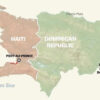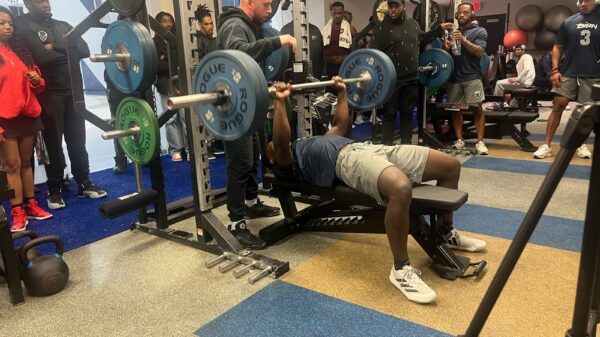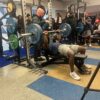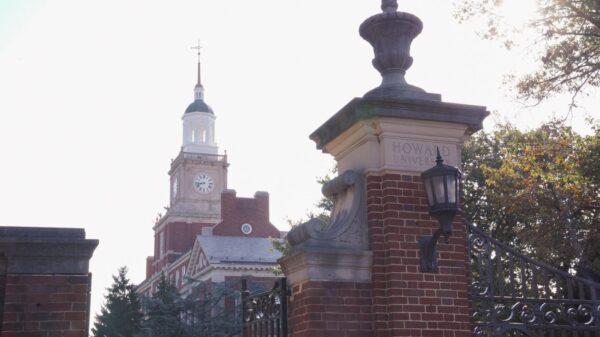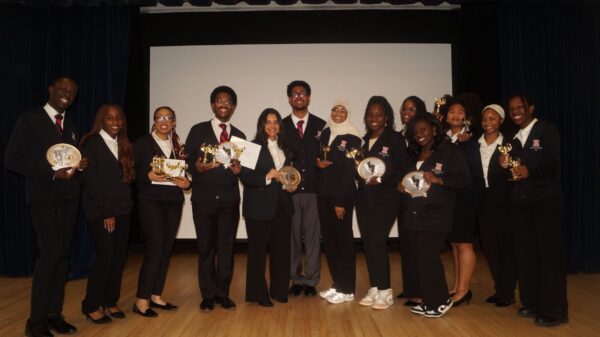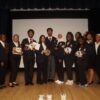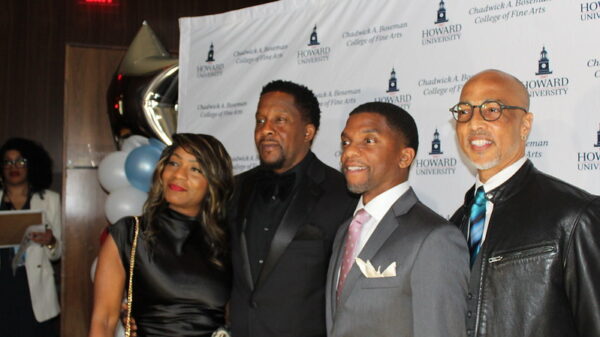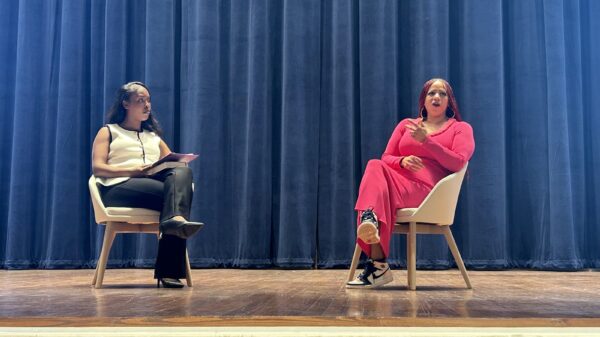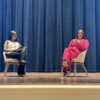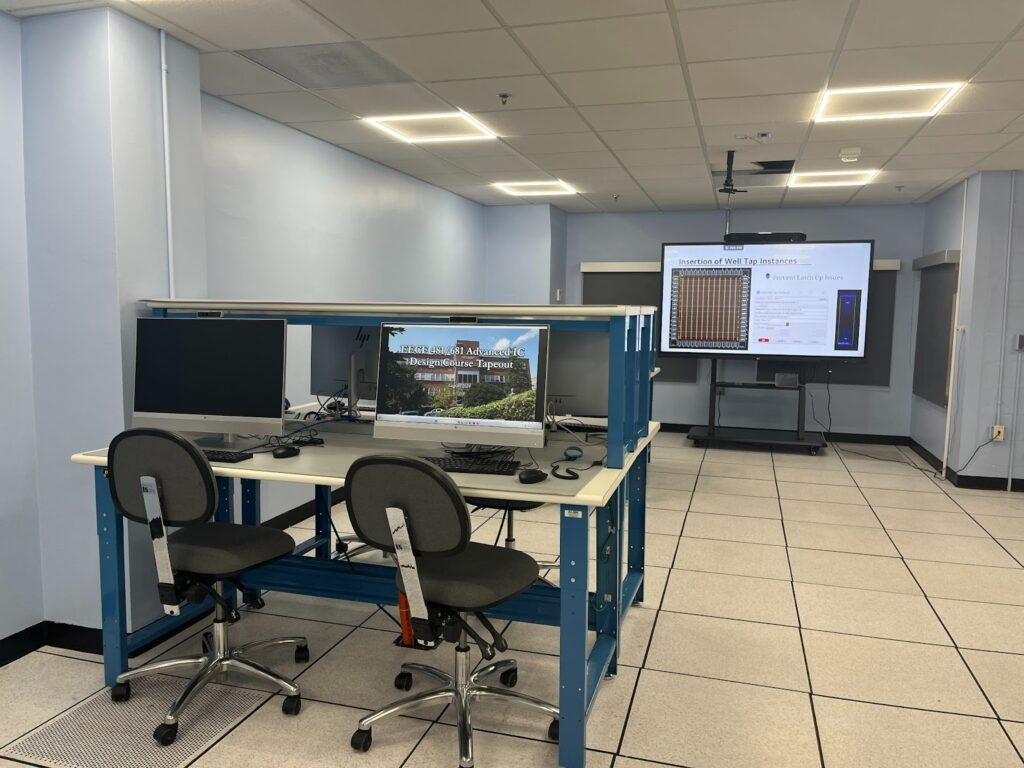
Last month, the College of Engineering and Architecture opened the new Silicon Design and Validation Laboratory with goals of training students in semiconductor design and preparing them for a range of careers.
The laboratory was funded by a $1.3 million Apple Innovation Grant and is utilizing partnerships with Apple, Microsoft, and Autodesk to allow students to gain hands-on experience, internships and access to advanced tools, according to the lab’s director Hassan Salmani.
To highlight the benefits of this new lab for students and faculty, Salmani, an electrical engineering and computer science professor, emphasized that his ultimate goal for the laboratory is to advance teaching curriculum and provide an environment to do advanced research.
“Now that we have this facility, it enables us to do real experimental evaluations and research. We can have higher quality publications, more publications, be attractive to the grad students to come here, enroll and be more competitive,” he said.
Salmani further explained that due to the new resources and technology, the laboratory is expected to attract more students to expand their knowledge and skills, as they will be able to contribute to new research and developments.
Anu Upadhyaya, a graduate student in the electrical engineering department at Howard, is among the many who are looking forward to the opportunities this new laboratory may bring.
“With the new lab and the new software and everything that we have, we will have a head start in the job market,” she said.
Silicon engineers are currently in high demand, as they make up only about 5 percent of the workforce, as explained by Salmani.
Silicon engineers are semiconductor engineers who make, design and develop electrical products, integrated circuits and microchips typically made from silicon. They work on the development of hardware components and other electronics.
Upadhyaya explained that by training with updated technologies and resources, students will have the chance to develop a variety of essential skills that can bridge the gap between academic learning and industry needs.
To her, the partnerships with major companies will also help to offer real-world project experiences, so students can be well-prepared to meet the evolving demands of the workforce. The dual focus on education and hands-on research will contribute to further enriching students’ academic and professional development, she said.
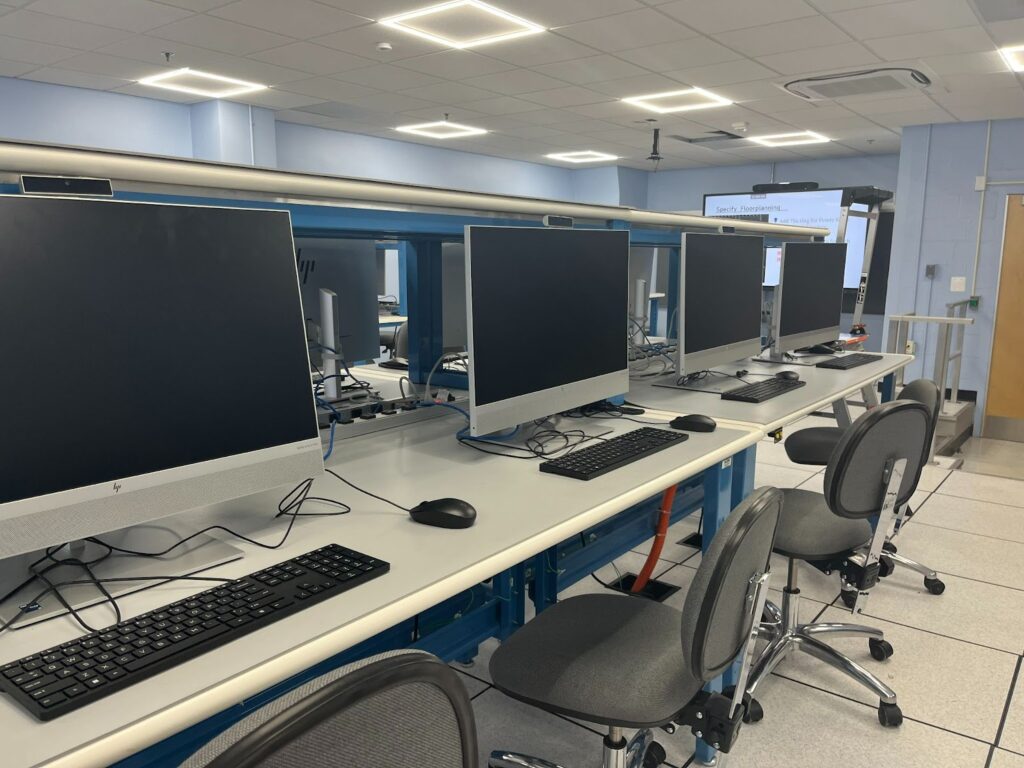
The main activity that has taken place in the laboratory has been integrated circuit chip design and validation, which is the process of interconnecting circuit elements to perform specific functions. This was done through a summer class in which both graduate and undergraduate students designed their own chips.
Brady Souma, a senior electrical engineering major, is one of the students who took this course and is now eager to move forward with the learning process.
“What we’re looking forward to now is using resources from companies like Microsoft and Apple to try to learn and understand how we can verify that our chip is actually doing what it’s supposed to be doing,” he said.
This course marked the beginning of hands-on activities in the new laboratory and now students are transitioning from design to validation, ready to assess their chips. The next phase of their work will focus on the functionality and performance of the student-designed chips.
Upadhyaya also got to experience this unique summer course and feels as though she learned a lot from it.
“I am very grateful for our professors, department chair and everybody else from different industries that have been trying so hard to do all the background work for us so that we could understand this better,” she said.
Salmani anticipates they will be able to introduce more new courses and even enhance existing ones due to the current success of the laboratory.
Copy edited by Camiryn Stepteau







